In September 2016 I was fortunate enough to get the chance to borrow one of the final machno prototypes for a few weeks. I had seen a version of the boat in the very early stages of development but that looked nothing like the final design that we now all know. I was assured that the boat was unlikely to change much from this design, with only a few very minor tweaks being made.
I took the boat up to the Wet West river festival in Scotland and went straight onto the Moriston. This was a bit of a gamble, because if I wasn’t going to get on with the boat, it was certainly a tough environment to find that out in! Its safe to say that I fell in love with it pretty quickly and a few weeks later I’ll admit there was a mini tantrum when I had to give it back.
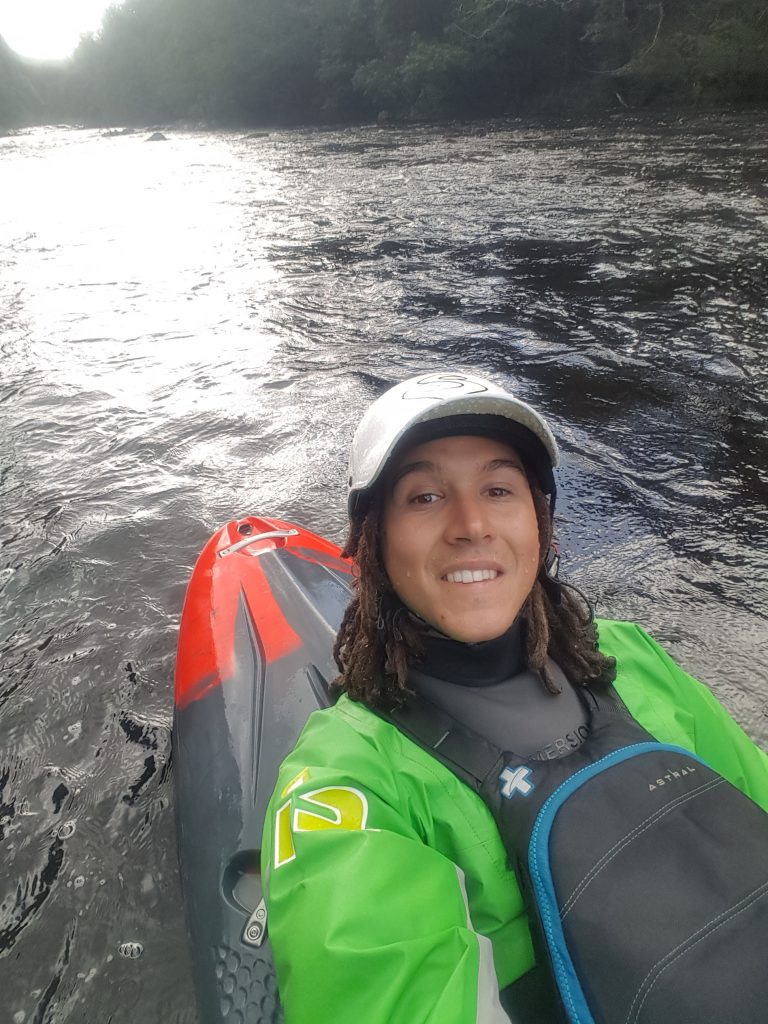
At the end of my first run in the (nearly finished) Machno
Fast forward to 12 months later and Ive now taken this boat on all kinds of water, from the steepest rivers I paddle, to big water, low volume creeking, slides and even the grade 2 and 3 that I would typically run in my Z.One. In a world where every kayak seems to “boof like a dream”, “turn on a dime”, “resurface quickly” and “needs to be driven fast” what actually makes the Machno different? I think the best kayak reviews are always done when the person reviewing has actually spent a significant amount of time in the boat, I think I qualify for that so here goes.
One of the first things you spot about the Machno is the extreme rocker at the bow. The more time I spend in the boat, the more I work out how to use this and when to time my strokes to lift up and onto boils and when to pull my boof stroke to lift the bow and maintain speed. The amount of lift you can generate from the bow is really something and with a bit of work you can really learn how to tweak this depending on what you want the boat to do. Through some features you can pull the bow up late to really make it skip across the water and on some features you can pull early to really clear the stopper. Safe to say there were times when the rocker helped me out a little when I didnt quite get it right too. The font of that boa sheds the water quickly and gets you back on the top almost immediately helping to keep you on your line and maintaining your momentum. Whenever the front deck of the boat gets loaded with water, it doesnt seem to slow it down or take much from the paddler before you’re off again. The rocker of the boat and the shape and volume of the bow certainly make it very forgiving and gives you the opportunity to brush off any mistakes easily.
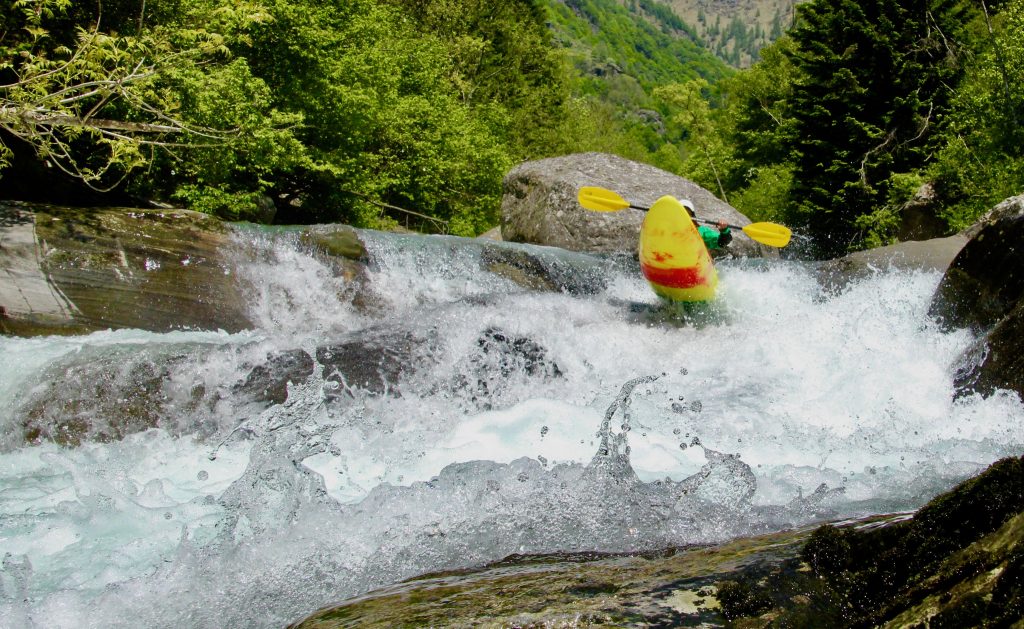
Did I mention the bow rocker?
Photo by Oli Kershaw
The Machno is wider than some of the current crop of race orientated creek boats and because of this it feels stable and is very confidence inspiring. As Im not the tallest of paddlers, I virtually always have to raise my seat up by quite a significant amount so that I can get the most performance out of a boat, which can sometimes lead to a bit of instability. Ive put the seat right up on the Machno, but it still feels super stable and the boat is easy to control on edge and balance when you’re throwing it around on the water.
The volume and the length of the boat all seems to feel spot on, nothing feels disproportioned and even though the boat is nearly 9ft, it doesn’t feel like that to move it around on the water. There is a confidence inspiring amount of volume at the bow and a generous helping at the stern which feels really balanced when you are coming through stoppers and resurfacing at the bottom of drops.
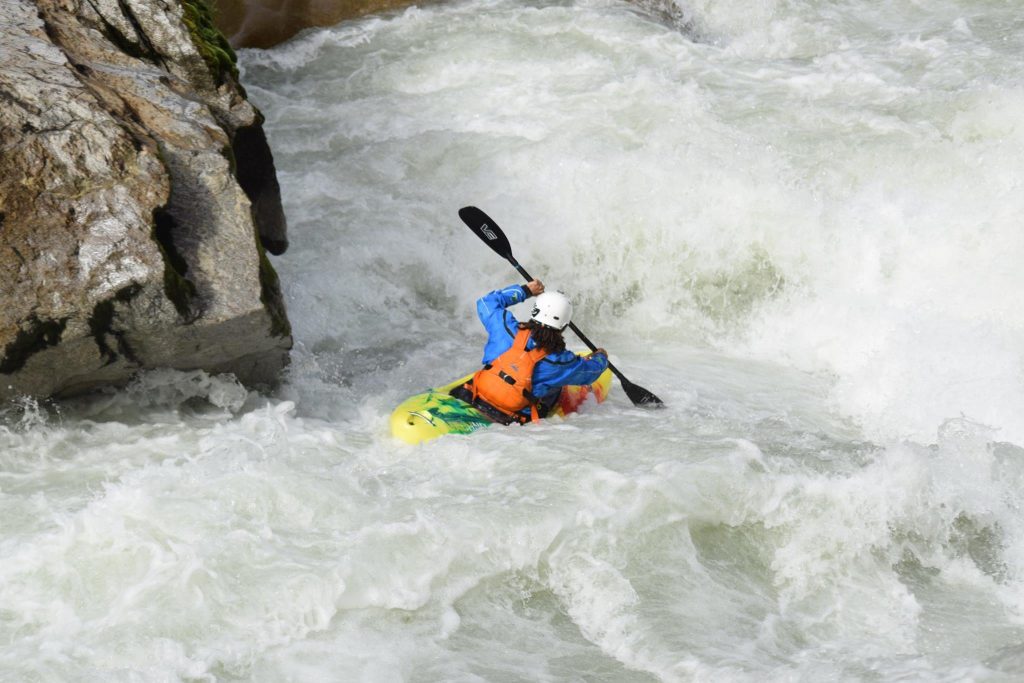 Photo by Lia Stanway
Photo by Lia Stanway
Speed. The ultimate kayak buzzword at the moment. Everyone wants to seem to go fast! Whilst this boat isn’t supposed to be race orientated, it certainly isn’t slow. The bow rocker and the volume keep it up on the surface and the fact that it is easy to control and easy to lift the bow make it fast for me to paddle. One thing that you can do with the Macho is to really make it flow between moves. It carries its speed well, feels great to paddle and rewards you linking eddies, waves and features together.
If you know me, you’ll know that Im not a fan of paddling creek boats when Im not creeking or pushing my grade. I love the z.one (cant wait for the new Ripper either) and I mainly use all round river boats for most of my general boating. To be clearly I wouldn’t typically use a boat like the Machno on my average grade 3 paddle. However For the last 12 months, Ive pretty much paddled the Machno exclusively on whitewater and have found it to be excellent, even in environments where I would usually use something with a slicy stern and a flat hull. It is actually really rewarding to paddle around the river and breaking in and out, ferrying and catching micro eddies all feel great in this boat. Of course if grade 2 and 3 is primarily your environment then you might find that a boat that is designed for that (such as the Z.one or the upcoming Ripper) a bit more fun to paddle, but safe to say the Machno can perform on the easier grades too.
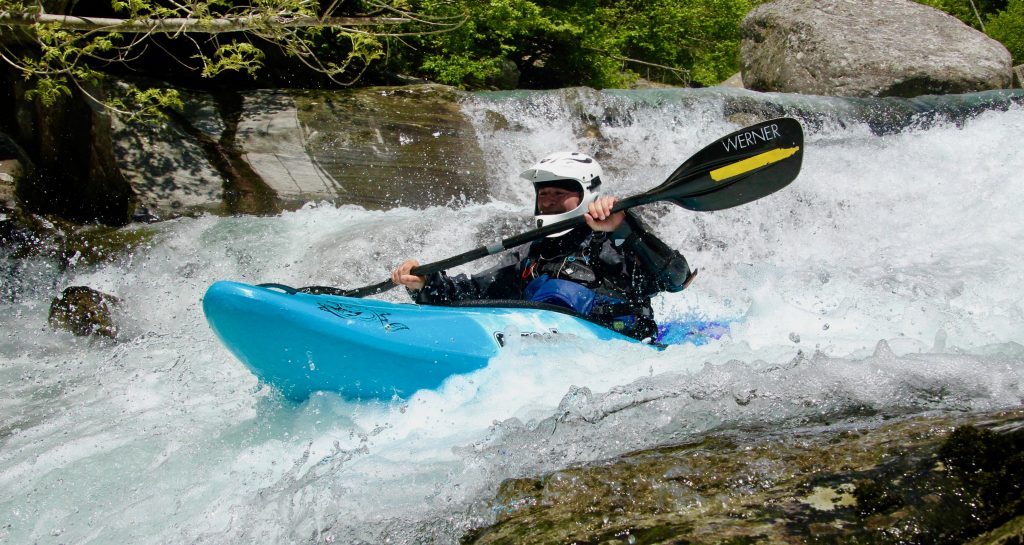
Tony Becker upping his game out in Italy this summer
Photo by Oli Kershaw
Predictability is a feature that I look for in a boat when I am pushing my grade. The last thing that I want (when Im scared and nervous) is for my boat to do something unusual or for me to struggle to get it back on course. I find it very rare with this boat that I can’t make it go where I want it to go or that I don’t make an eddy I was sure I could catch. It’s a boat where you can really easily judge what you are capable of doing on the river which leads to no unpleasant surprises when you don’t quite make that last eddy before the drop!
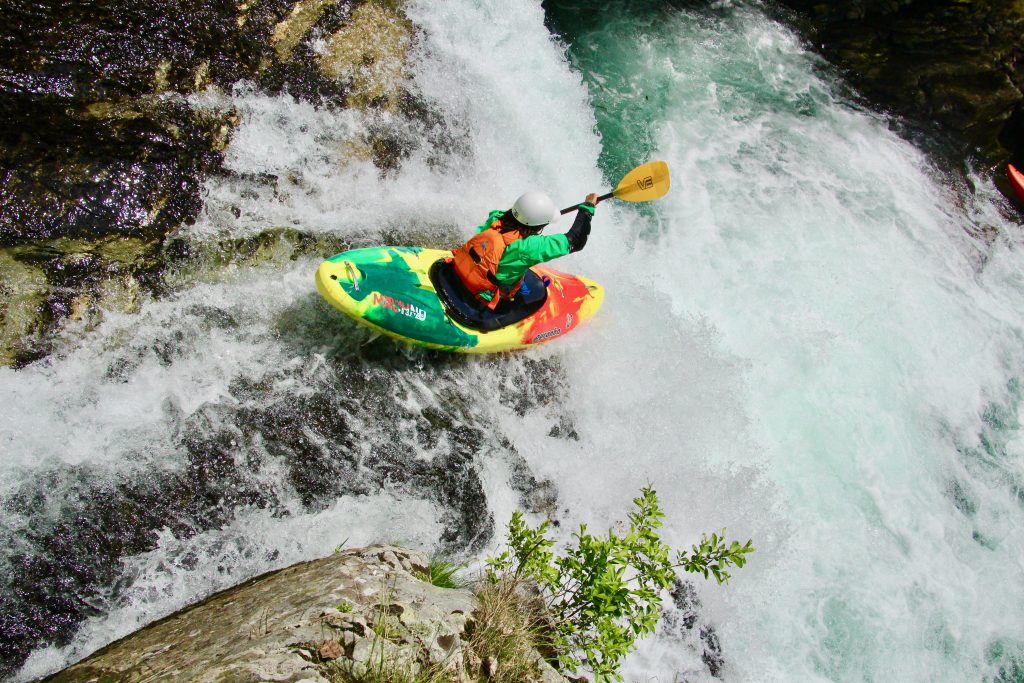
Photo by Oli Kershaw
Pyranha’s outfitting Is always moving forwards and the stout 2 works really well for me, strong, dependable and durable. The addition of the optional hooker thigh braces mean that you can get well connected to the boat and any movement or pressure that you make in your lower body is transferred effectively and responsively into the boat.
I think it safe to say that I like the boat, but don’t just take my word for it. I know some paddlers who have been boating for nearly 20 years, but are getting a Machno as their first ever Pyranha boat! Even Tom Parker (exceptionally committed and long term Everest and 9RL paddler) thinks the boat is special!
However, I do know a review from a team paddler will always come across biased, so I asked Tony McCabe who was one of the first people in the UK to get one (who isn’t affiliated with Pyranha) what he thought of it.
“I bought one of the first Machnos off the production line, after pre ordering it in September. When it arrived I was really pleased to see the new outfitting which is rock solid, and the improved thigh braces, even the improved angle on the footrest. You could see straight away this was a boat designed by paddlers, to give the best outcomes.
Once on the water I was really surprised by the handling of the boat. It is a long boat with a “planing hull with curvature”, and yet it turns like a small boat(probably due to the rocker), lands and resurfaces like a full displacement (due to the curvature), and will happily surf waves and snap into eddies. I tried it on the Tryweryn and then waited for the water to come, and waited and waited. Through a dry winter I managed to get a few runs, and have enjoyed paddling what for me is hard water including the Lledr and Fairy Glen, then in May a trip to Italy paddling the Sesia Alpine Sprint and classic, Gronda, Sorba, Semenza, and Egua. These rivers are probably the hardest I have paddled, during this time the Machno hasn’t missed a beat. It skips over stoppers, boofs drops superbly, lands and resurfaces in such a predictable fashion. It inspires confidence, and allows me to push my limits knowing it will not give me any nasty surprises. I have been paddling for about 14 years, and tried many different boats in my search to find something that both suits my style and will look after me when the going gets tough. Finally I have found it. This boat makes me feel good, and puts a smile on my face every time I paddle it.
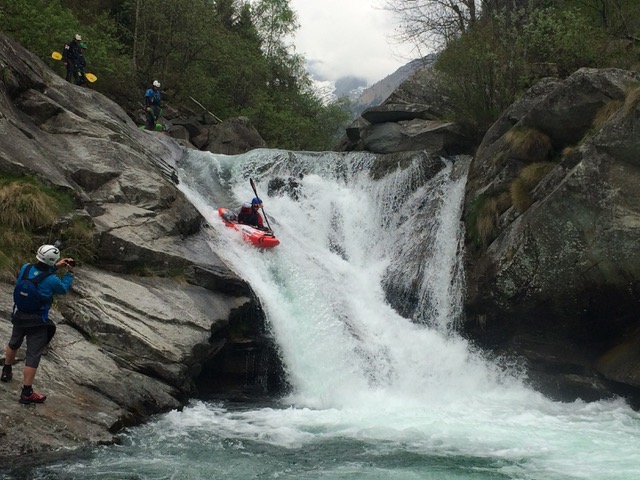
The Mighty Machno is just such a fantastic fast forgiving boat, boofs like a dream, skips over stoppers and through all the confused water. It inspires confidence and makes it possible to paddle harder water even when you are not completely on it. It is simply the best boat I have ever paddled for the creek/whitewater environment. It is great to see it becoming so popular. Well done Pyranha. I think this will be seen as one of the all time great kayaks.
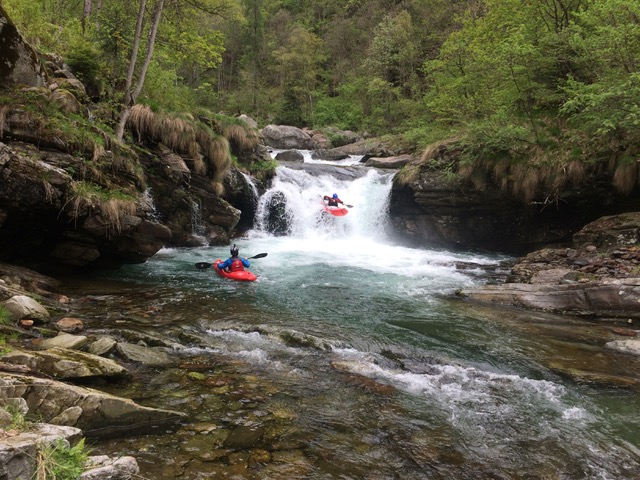
My wife Jane got a bit fed up of me saying how good it is until we got one for her, now she loves the boat as much as I do. On the Italy trip four of the paddlers had Machnos, and all loved the way they performed and left with big smiles on their faces after a wonderful week paddling, which is what it is all about.”
Tony McCabe
However the question on everyone lips is how does it compare to the 9r and the Burn. Without a doubt the 9r and the Burn are still excellent, I’ve paddled them both a lot in recent years and Im sure I’ll paddle them again at some point too.
In comparison to the 9r the Machno feels wider, more stable and more forgiving. It probably isn’t quite a fast if you are to put them head to head in a race, but it is easy to paddle, which for me helps to make up a bit of speed. The sitting position is different and the Machno certainly feels like more of an allrounder than the 9r does, where the 9R feels narrower and more speed orientated. The Machno is also higher volume for the weight range which means it’s a bit more forgiving when running drops and creeking. Even though a lot of people do use the 9r for steeper water, Im certainly more comfortable in the Machno on that kind of river.
When you compare the Machno to the Burn, there is an eerie sense of something familiar. You really can tell that a bit of Burn has made its way into the Machno design (but Im not 100% sure where!) The Burn’s flat hull makes the boat feel quite different on the water and the huge rocker on the Machno means that it does paddle quite differently and rewards a different style. There is still place for an all rounder like the burn, but in many ways the Machno feels like the product of a huge amount of R&D, of which the design of the burn has contributed to. If you’re after a flat hull, edges and all round river performance rather than performance creek, the Burn is probably still your boat.
Well there you go, that’s my thoughts, I like the boat, what more can I say!? Even though Pyranha has some other designs in the pipeline that look interesting, (have I mentioned the Ripper???) Im pretty sure that when Im sat at the top of a rapid where I desperately want to get the line right and the consequences of making a mistake are not something I want to think about, there will only be one boat that I’d currently want to be in.
Thanks for the photos from Oli Kershaw and Lia Stanway




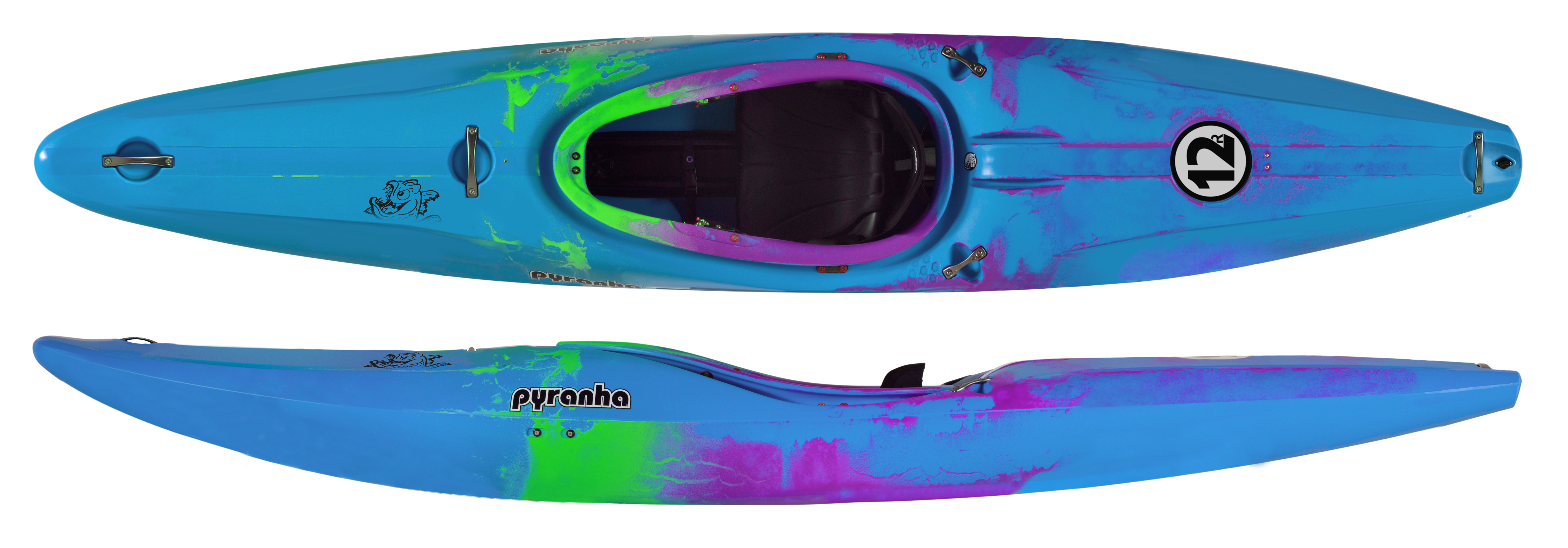
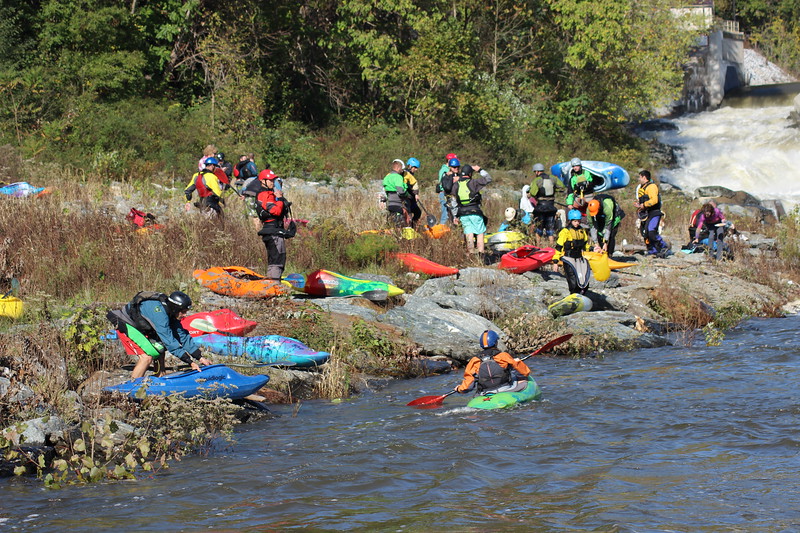
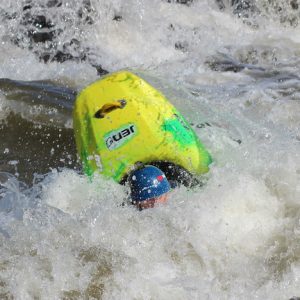
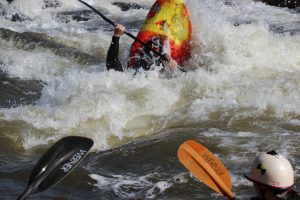
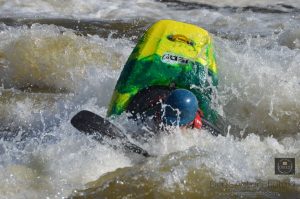
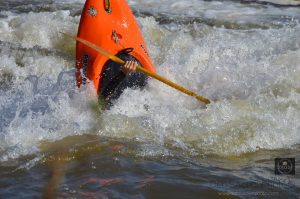
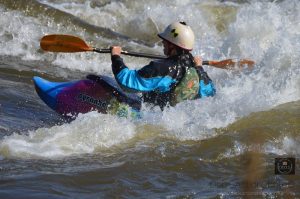
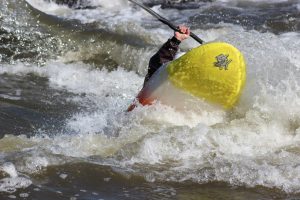
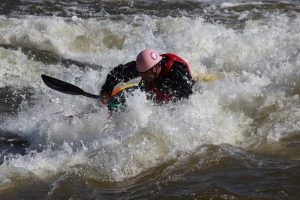
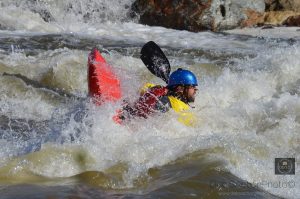
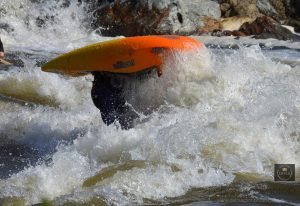
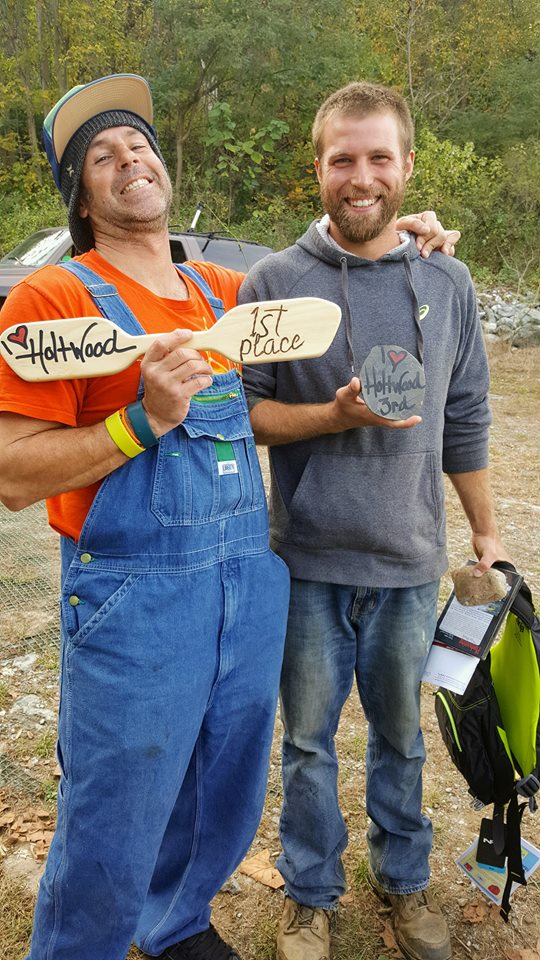
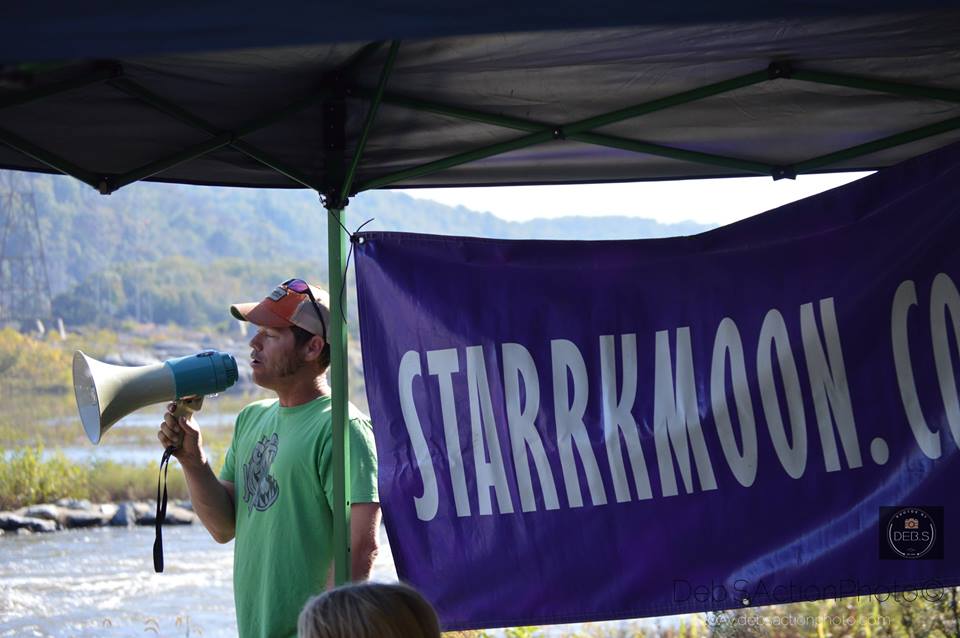


 Photo by Lia Stanway
Photo by Lia Stanway















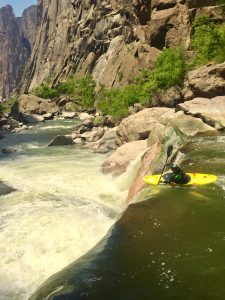
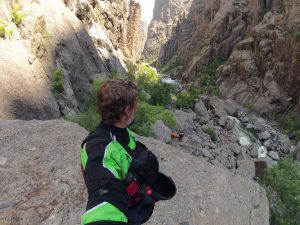
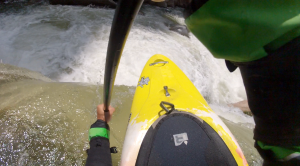
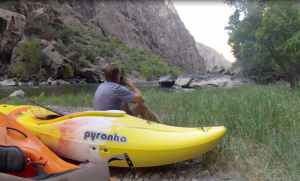
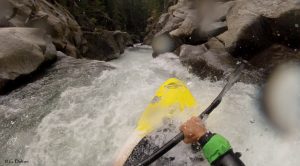
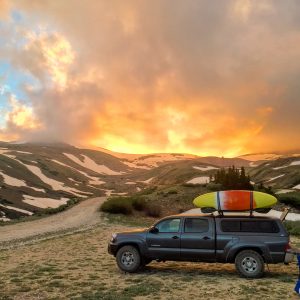
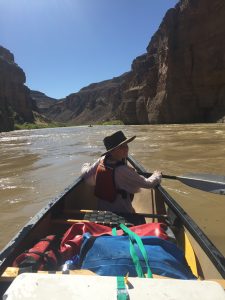
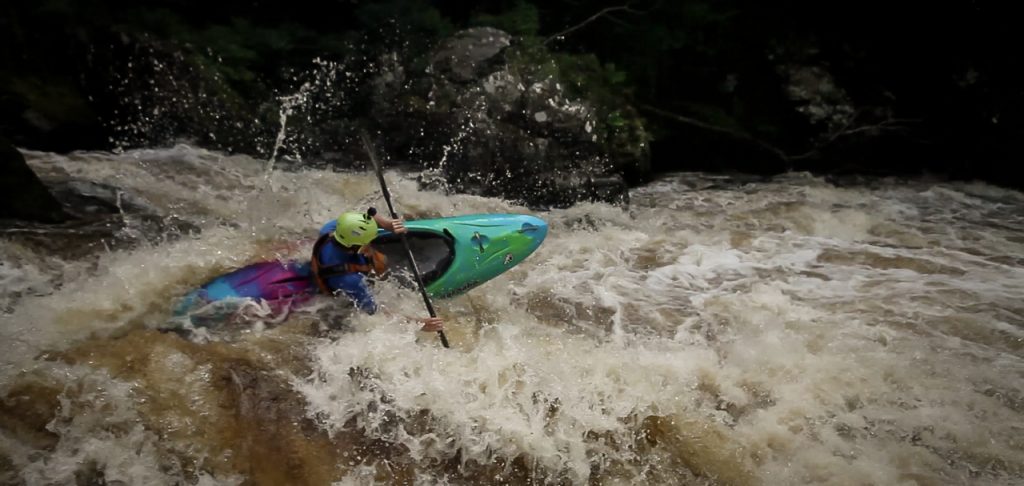
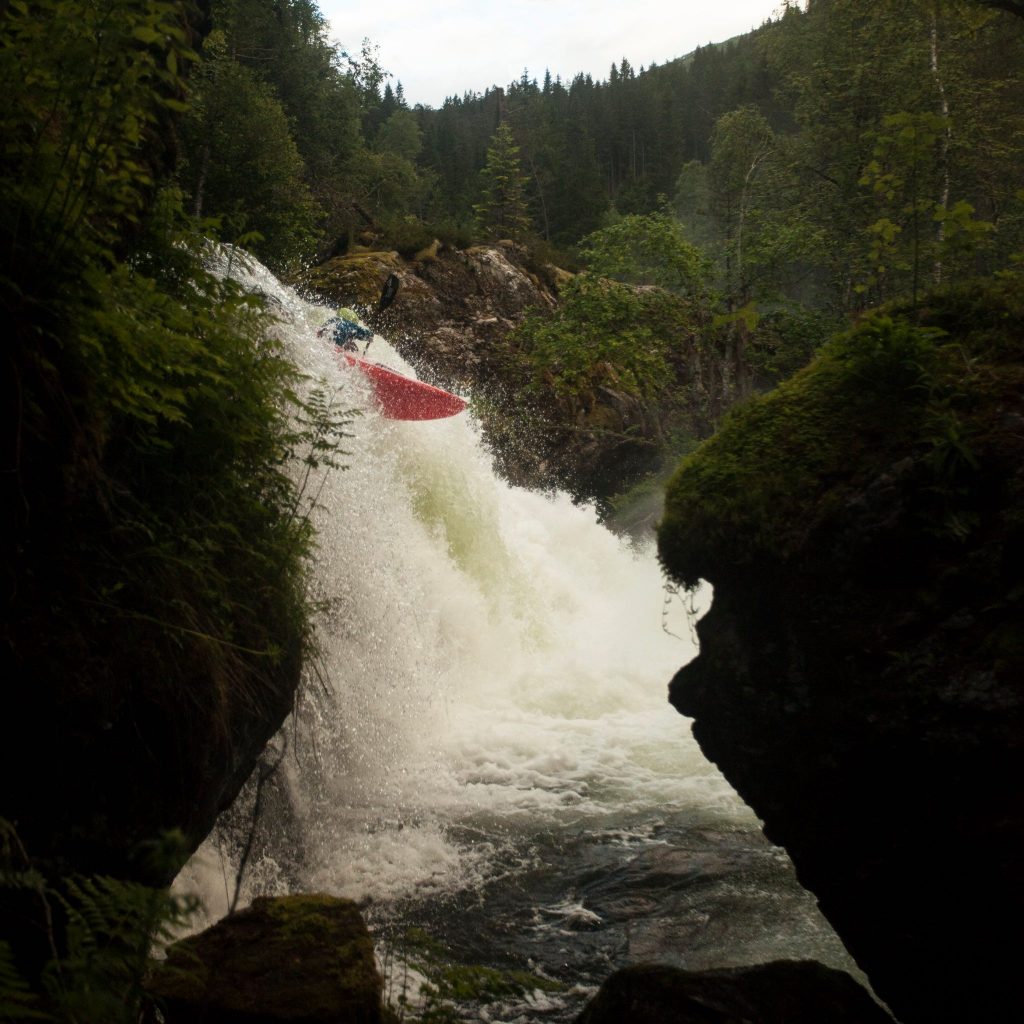
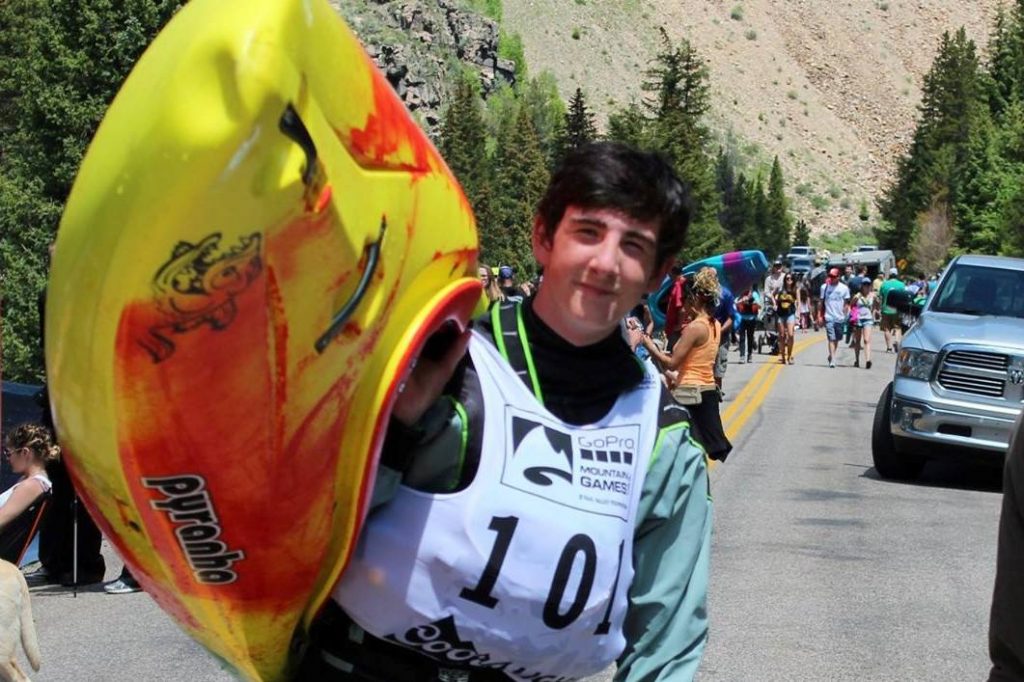
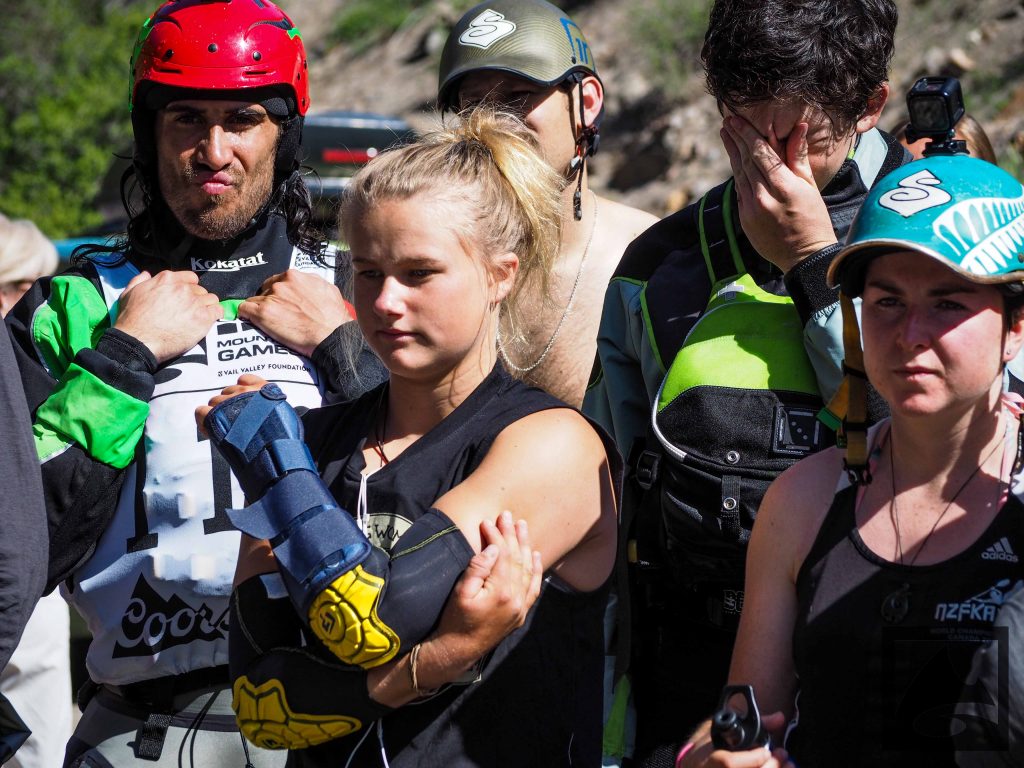
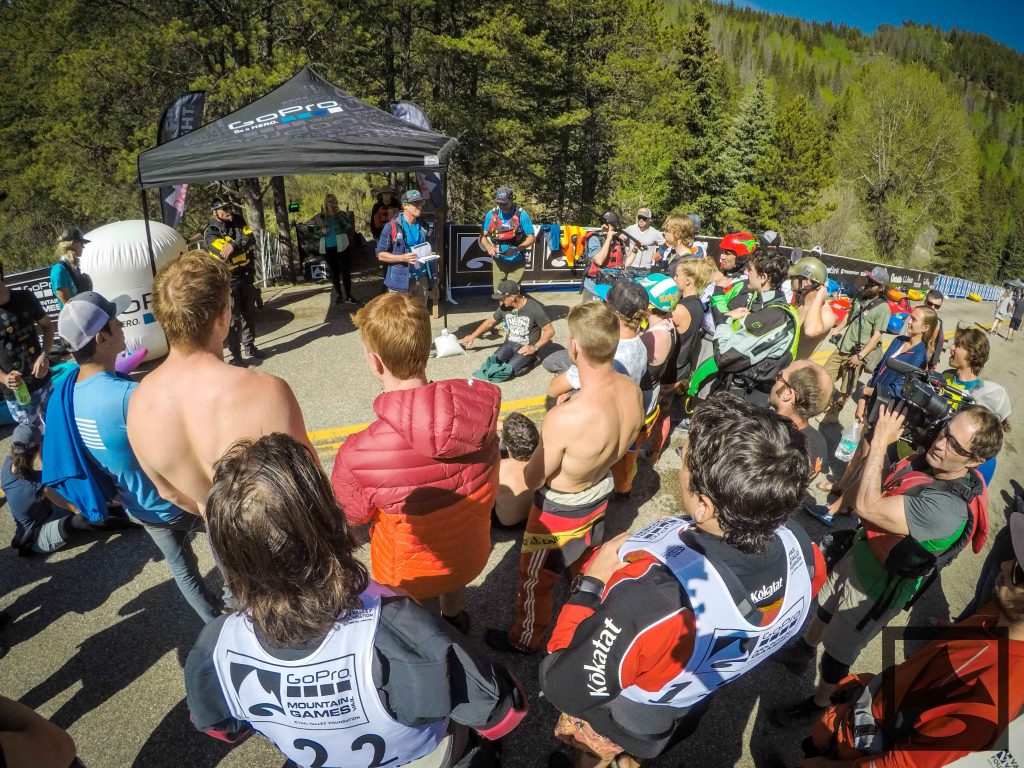
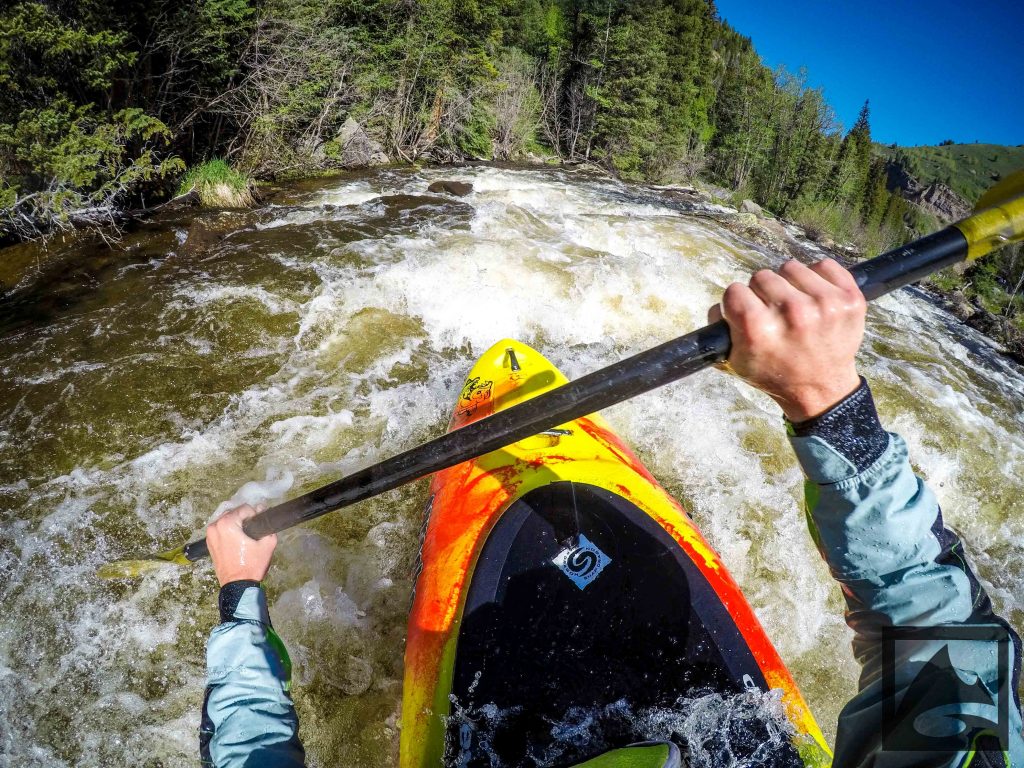
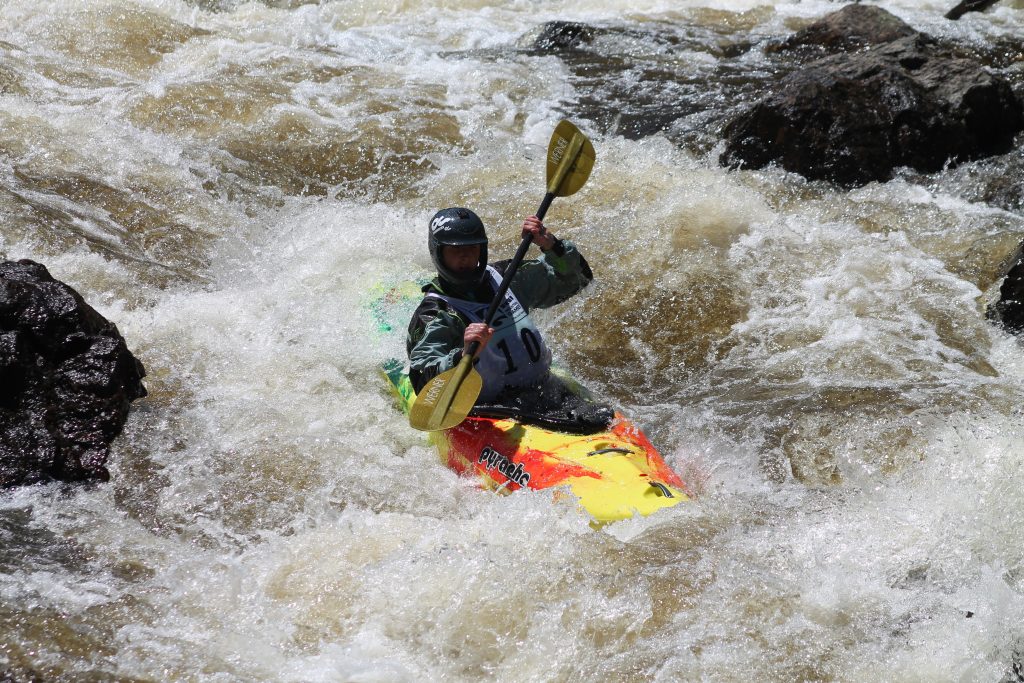
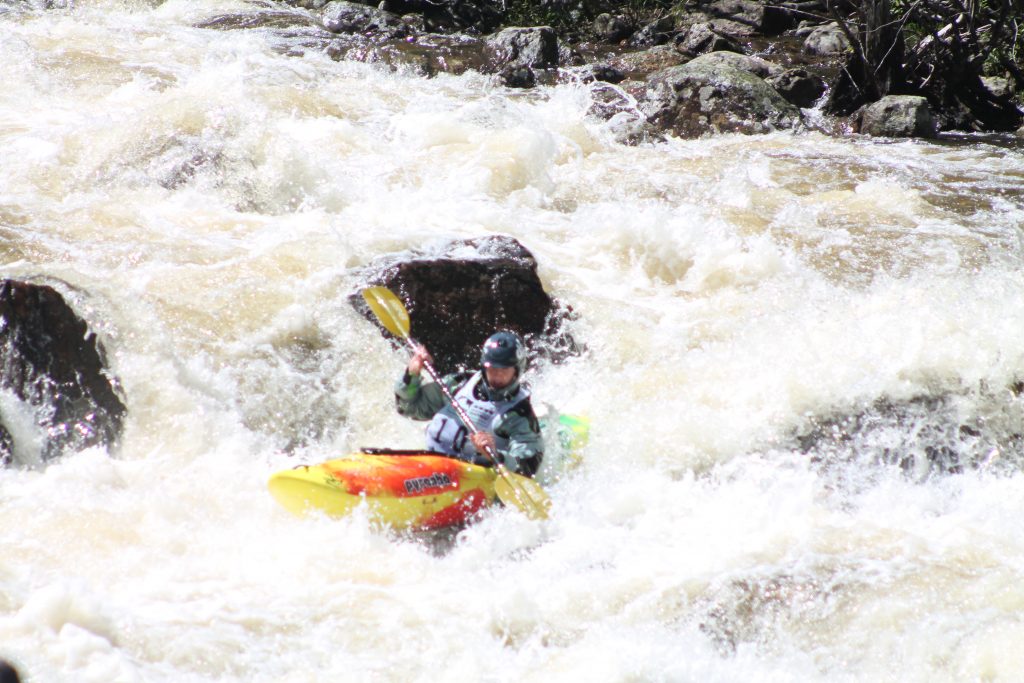
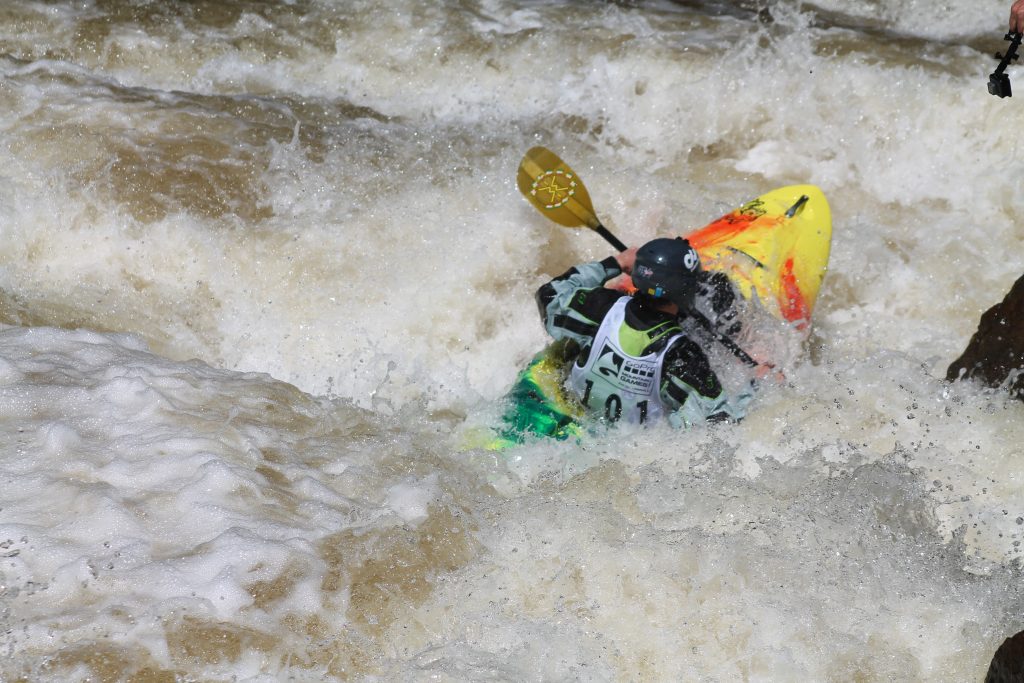
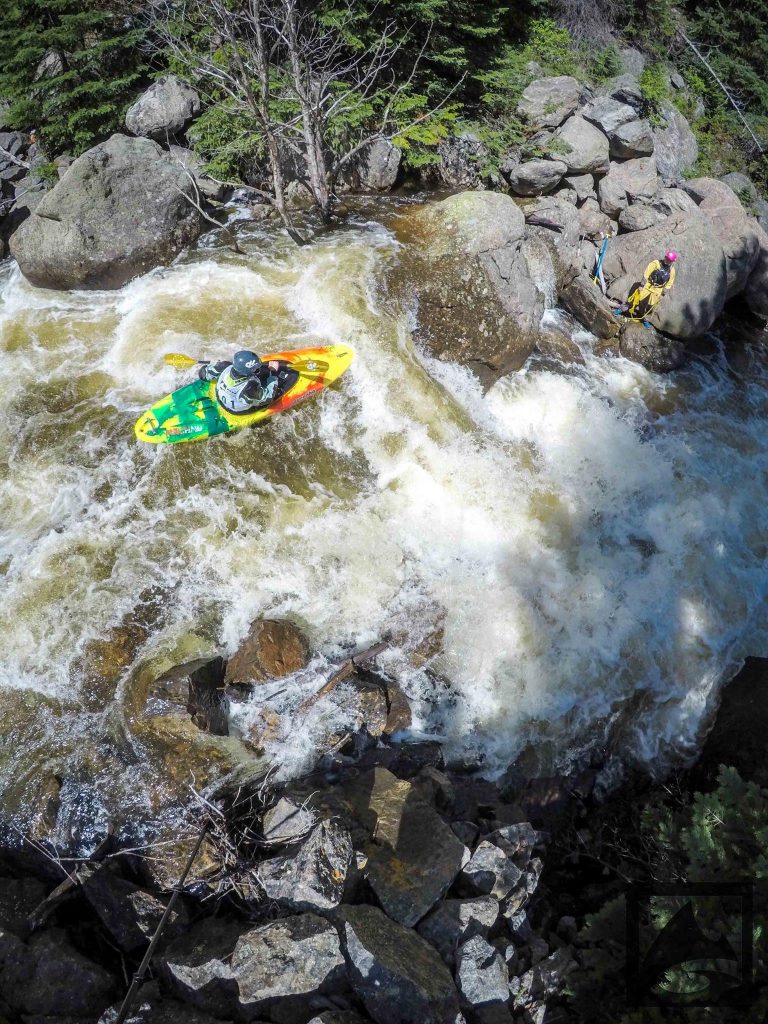
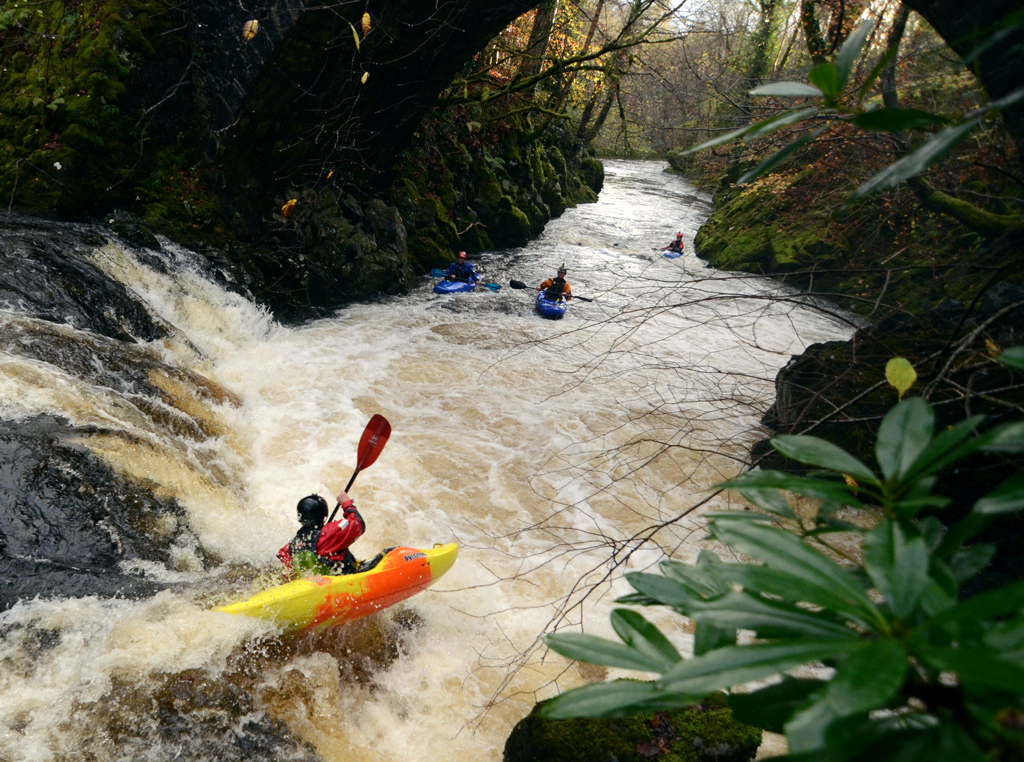
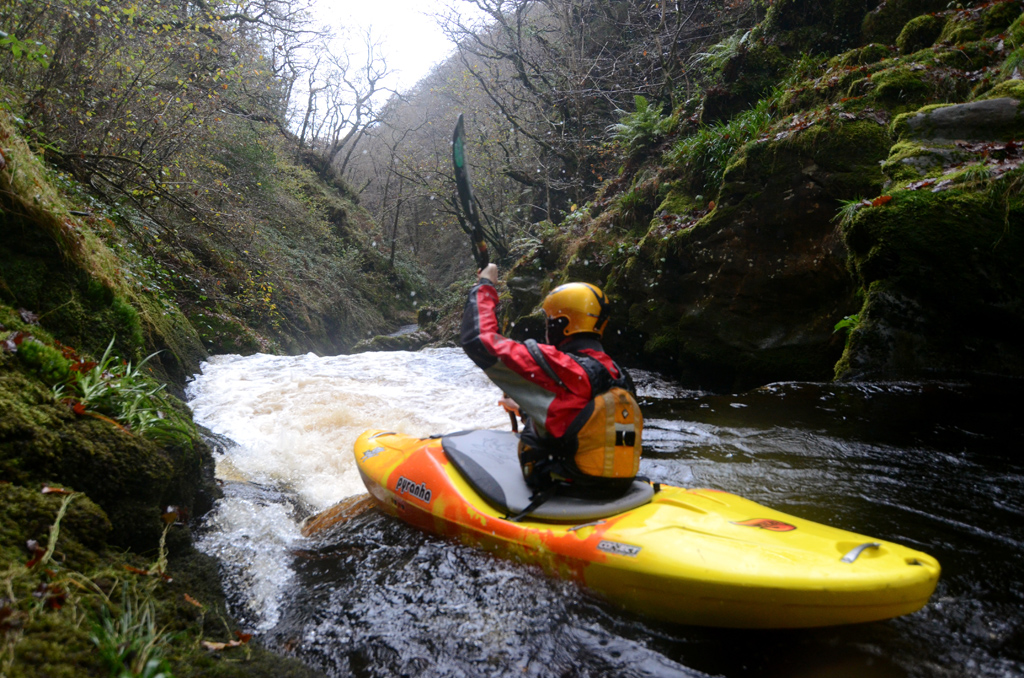

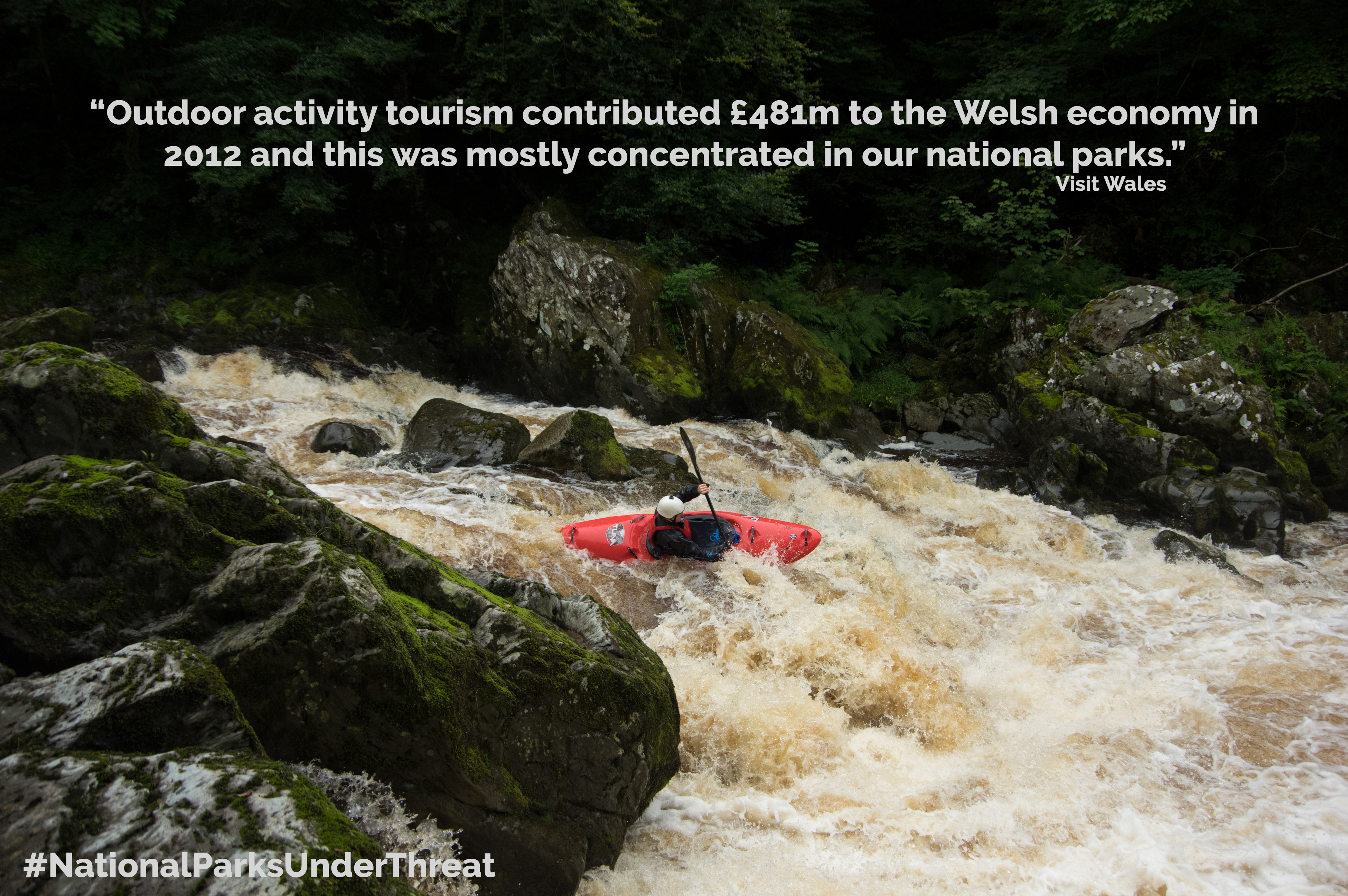
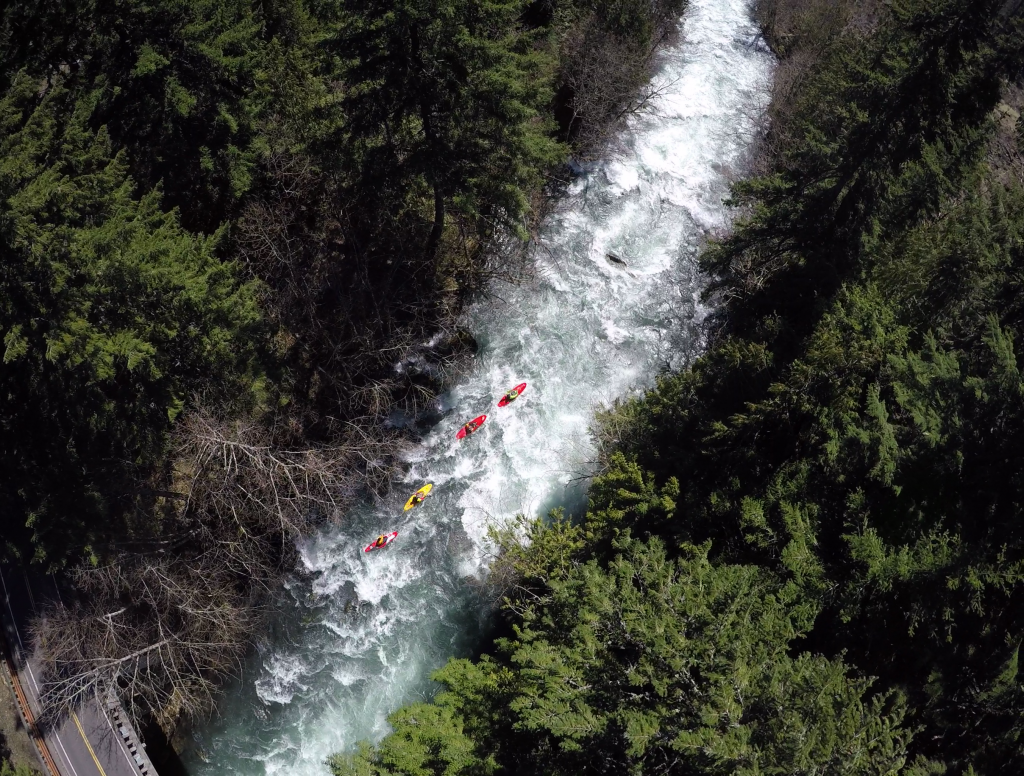 The Pacific North West has earned itself a reputation as one of the best destinations for kayaking in the world. Home to a diverse selection of rivers, slides and waterfalls, the area is a geographical paradise for all level of kayakers but especially those looking to pursue the art of free fall. The waterfalls in this area are among some of the tallest (run-able) waterfalls in the world and several world records have been broken here. There is no limit to how big you can go with waterfalls in the PNW but it is also home to one of the most legendary sections of river in our sport, the Little White Salmon.
The Pacific North West has earned itself a reputation as one of the best destinations for kayaking in the world. Home to a diverse selection of rivers, slides and waterfalls, the area is a geographical paradise for all level of kayakers but especially those looking to pursue the art of free fall. The waterfalls in this area are among some of the tallest (run-able) waterfalls in the world and several world records have been broken here. There is no limit to how big you can go with waterfalls in the PNW but it is also home to one of the most legendary sections of river in our sport, the Little White Salmon.

